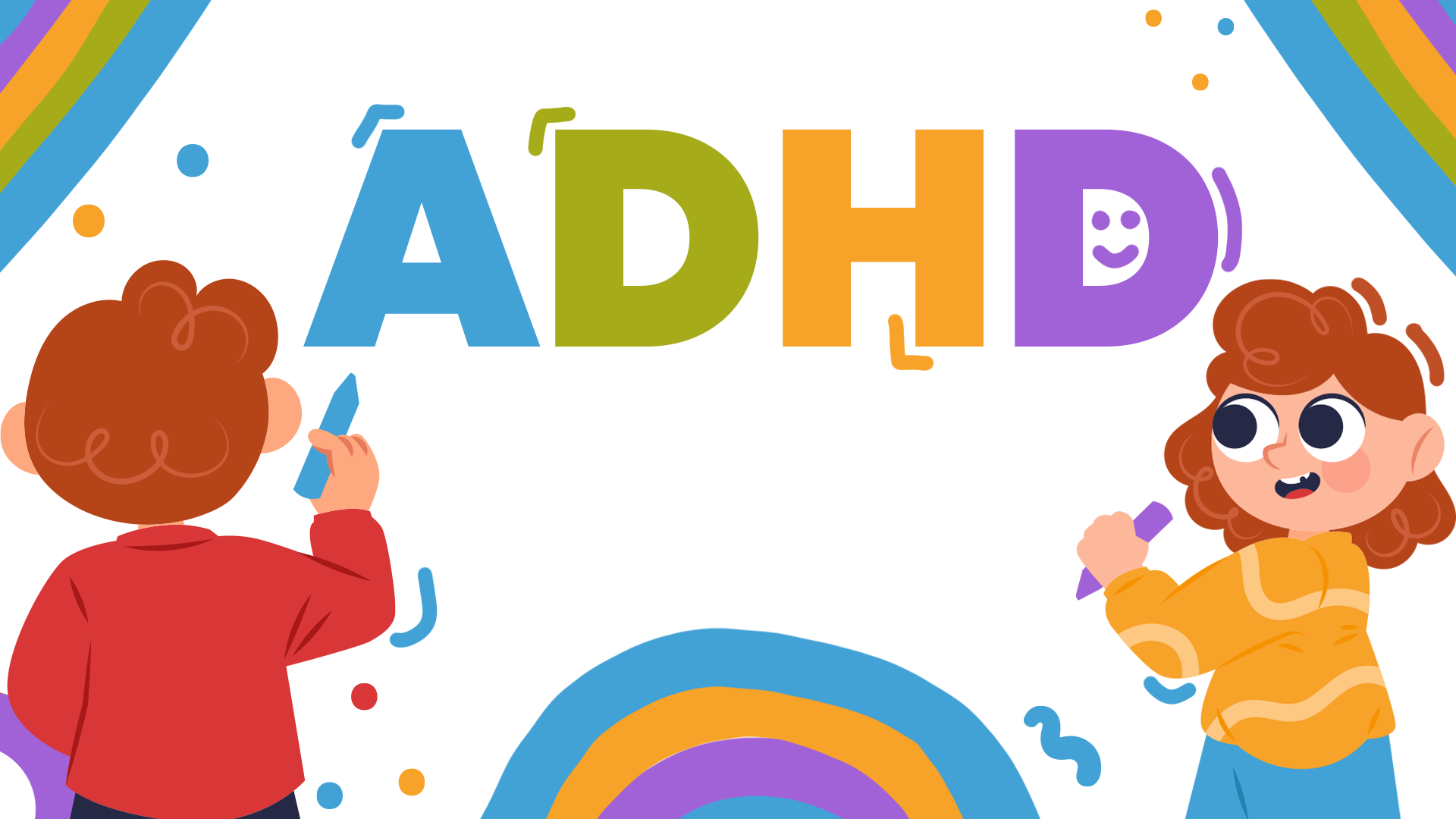As parents, it’s natural to worry when your child seems more impulsive, energetic, or easily distracted compared to other kids their age. You might wonder, “Is this just part of growing up, or could it be something more, like Attention-Deficit/Hyperactivity Disorder (ADHD)?” Understanding the signs of ADHD can help you recognise your child’s needs and provide the right support early on.
What is ADHD?
ADHD is a neurodevelopmental disorder that affects a child’s ability to focus, control impulses, and manage their activity levels. While many children display these behaviours from time to time, kids with ADHD experience them more frequently and severely, which can disrupt their daily lives at home, school, and in social situations.
There are three main types of ADHD:
- Inattentive: Difficulty staying focused, following instructions, and completing tasks
- Hyperactive–Impulsive: Constant movement, fidgeting, or acting without thinking
- Combined: A mix of inattentive and hyperactive-impulsive symptoms
Identifying the early signs of ADHD can make all the difference in understanding your child’s behaviour and ensuring they receive the right support.
Signs of Inattention
If your child seems “lost in thought” or struggles to stay on task, they may show signs of inattentive ADHD. These children might daydream often or find it difficult to follow simple instructions. Here are some behaviours to watch for:
- Trouble focusing: Your child may seem to “zone out” during conversations or while doing homework, unable to keep attention for long periods
- Disorganisation: Misplacing items like school supplies or toys often, or struggling to keep track of tasks
- Difficulty listening: You might notice that your child forgets instructions or doesn’t seem to hear you, even after repeating directions multiple times
Signs of Hyperactivity and Impulsivity
Children with hyperactive-impulsive ADHD have boundless energy and often struggle to control their impulses. While all children are energetic, kids with ADHD may find it particularly hard to sit still or wait their turn. Common signs include:
- Constant movement: Your child might always be on the go, running, climbing, or fidgeting—even in situations where it’s not appropriate
- Interrupting conversations: Impulsivity can lead to interrupting others frequently, making it hard for them to wait patiently
- Risky behaviour: Acting without thinking might cause your child to engage in dangerous activities, such as running into the street or attempting risky stunts without considering the consequences
Getting a Diagnosis
If you notice a pattern of these behaviours that seem more severe than what you’d expect from other children their age, it may be time to consult a healthcare provider. A psychologist or child specialist can assess your child using behavioural observations, questionnaires, and other tools to determine if they have ADHD. Assessments – Mom’s Belief
Supporting Your Child
If your child is diagnosed with ADHD, there are many ways you can help them succeed and manage their symptoms. Behavioural therapy is often recommended to teach children how to control their impulses and stay focused. Establishing structured routines at home can also provide stability and predictability, which are helpful for kids with ADHD. Additionally, working closely with your child’s teachers to create a supportive school environment is key. In some cases, medication may be part of the treatment plan, depending on the severity of the symptoms.
Being Proactive
As a parent, understanding ADHD and recognizing its signs early on is vital for your child’s well-being. If you suspect your child may have ADHD, don’t hesitate to reach out for professional guidance. Pick India’s Largest Holistic Healthcare Provider, your very own trusted Mom’s Belief Team. With the right help, children with ADHD can thrive both at home and in school, growing up to reach their full potential.





